“Revenge solves everything.”
That’s the entirely plausible assertion appended to Dishonored’s debut trailer. Frankly, it’s hard to think of any problem that can’t be ameliorated with a smidge of revenge. Messy divorce? Revenge. Missing royalty check? Revenge. Evil twin? Revenge in his face. What about an inscrutable tax return? Or fat neighbours? A wonky toe? Revenge, revenge, revenge. Who doesn’t like a bit of revenge now and then?.
Corvo does apparently – or not – as you might decide. He’s Dishonored’s protagonist, a suitably blank slate for a game so preoccupied with choice and ludic self-expression – a game which lets you prowl the rooftops, skewering bewildered guards in flurries of gushing claret; a game which lets you smash through front doors with magic spells and shotgun shells, or scurry meekly in the shadows – harming no-one – should you so choose. Dishonored is all about choice you see, which – given the creative legacy of its developers, who include Raf ‘Arx Fatalis’ Colantonio, Viktor ‘Half Life 2 artist’ Antonov, and Harvey ‘Deus Ex Designer’ Smith – is hardly surprising.
“We believe very much in giving the player a selection of options and blending them constantly so that it’s in their hands,” Smith told us at a recent Q&A session. “It’s not like there’s a stealth road and a combat road; for us – the type of game we like – it’s just mixed. So a mission will have many different pathways: into the building, around the building, over the roof via a side-quest, or straight in the front door, blasting.”
One such mission has Corvo infiltrating a seedy brothel, deep in the neo-Victorian bowels of Dishonored’s steampunk metropolis, Dunwall; here he’s tracking two ruthless brothers – Custace and Morgan Pendleton – who have a lucrative line in slavery and silver mining. Our first demonstration showcased stealth, with Corvo stalking the rat-infested streets leading up to The Golden Cat bath-house, hiding in the shadows to avoid combat wherever possible.
After a few minutes of ducking and weaving through narrow alleyways, Corvo possessed a rat and scurried into the bath-house via a storm drain (one of eight or nine possible routes into the building). Emerging in a dressing room, a chance conversation overheard between two scantily clad maidens updated the objective: Custace Pendleton was in the basement steam room, getting a ‘massage’.
“A lot of the goals in the game – optional or primary – get updated by overhearing conversations, so eavesdropping is important” Smith explained during the presentation. “The difference in our game between a guy who just runs for the goal versus somebody who explores, eavesdrops constantly, listens to all the content, does the side quests… it’s a factor of 1 to 2 I would say.”
Down in the basement, a pair of patrolling guards were quickly dispatched; the first choked and stashed up on a high ledge, the second tranquilised with a sleep dart. Corvo’s ‘Dark Vision’ power was employed here to reveal the patrol-route (and vision cones) of the guards through a wall before the attack. Custace, now visible through a steamy window, was now to meet a sticky end; Corvo jammed the door to the steam room shut and cranked a nearby valve up to maximum, flooding it with hot gas.
Flitting through the shadows back to the top of the bath-house, Morgan Pendleton was found drunk and occupied in a private room. By possessing him, and walking solemnly out onto a balcony, his sudden, unfortunate descent simply looked like a horrible, drunken accident (although in reality he’d been helped over the edge by a well placed Wind Blast shortly after the possession ran out.)
“The different targets that you can possess have various time-limits,” Colantonio explained. “So the fish for example: you can really possess him for as long as you want because really – aside from breathing in the water – he doesn’t do much. The rat lasts a little less, and can also be stomped by guards if you get too close, so there’s an element of risk there. For humans it’s even shorter because possessing a human really gives you a lot of flexibility to do things.”
Although Corvo was fully powered-up for the purposes of the demonstration, upgrades will require careful consideration in the finished game; powers are acquired by spending runes, and there aren’t enough available to master every skill available.
“The possession power costs a lot of runes to acquire so it’s also a choice, you know. One of the things we didn’t want to do is to give you a super-cool power, and then for every super-cool power that we give you, make sure you can’t use it!”
A second play-through demonstrated a rather more direct approach to the mission. Here, Corvo began on the rooftops (an insertion point made possible by completing an earlier side-quest) and picked off a few stray guards with vicious katana-led drop-attacks; he then clambered through a side window into The Golden Cat’s lobby, initiating a massive brawl with the guards within.
Corvo sliced and diced his way through the throng, parrying blows to leave enemies open to brutal one-hit-kill strikes (often resulting in exuberant decapitation or dismemberment). Freezing time to line up multiple shots with the crossbow, Corvo blasted the remaining stragglers with a barrage of ice and brought the battle to a decisive end. Custace was slaughtered with a single blow, his brother blasted into the air as he reached for the hilt of his sword.
Our hero then jumped off the roof and teleported to the ground, before summoning a plague of rats to slow the pursuing guards – possessing one – and scurrying off into a nearby drain. Interestingly, it’s not strictly necessary to even enter the bath-house; sneaky players can complete a side-quest for a nearby gang member, who kidnaps the brothers and sells them back to their own slave mine anonymously.
“If you kill too many people, at some point we start to track it. After some threshold, certain events are triggered,” Colantonio explained. “The world becomes slightly darker, there are more rats in alleyways…. Some specific scripted scenes also change: a family that was about to leave the island and take a boat to avoid the plague – if you’ve been more of a ‘sloppy’ player – would’ve already contracted it… so it’s slightly more sad in this case if you kill too many people. People also talk to you in different ways – their lines are different, darker.”
This ‘chaos’ system – which destabilises the world in proportion to your level of callous violence – will doubtless lend yet another layer of depth to a game which already promises so much flexibility; levels are also generated in various permutations (the Pendletons might have been in different rooms, for example), further extending potential replay value.
Any game which promises as much choice and freedom as Dishonored is inevitably going to get games journalists into a hyperbolic frothing flap. Although its finely crafted levels and expansive gameplay options are an exciting prospect, until we play it, it’s hard to judge just how balanced its ambitious systems will be. Some of the animation is perhaps a touch awkward and jerky at this point in development, but the level architecture is extremely impressive, and there’s still time to smooth out the few remaining rough edges left in the presentation.
We’re looking forward to testing out Dishonored for ourselves; Arkane’s twisted interpretation of a London corrupted by the excesses of unbridled capitalism will undoubtedly resonate with those struggling in the wake of the global financial crisis, and the detail with which Arkane has realised its dystopian steampunk vision is a testament to the months of hard-work poured into research and conceptual pre-production.
Look out for our hands-on impressions sometime before Dishonored’s 2012 release.

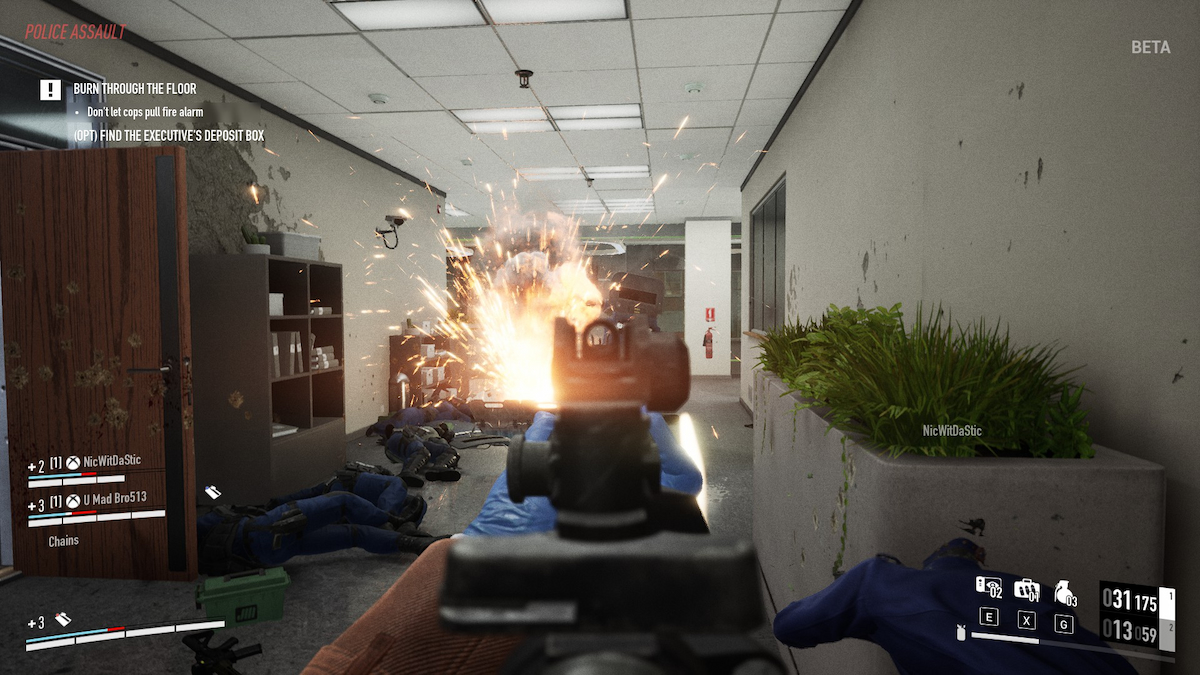
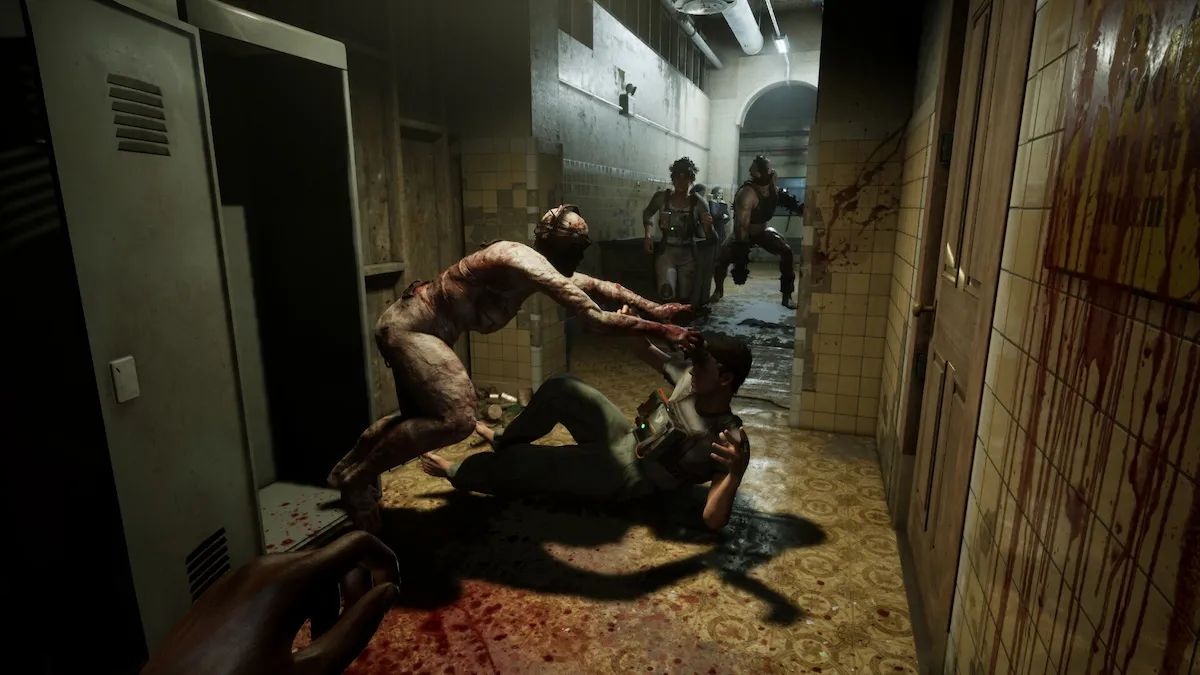
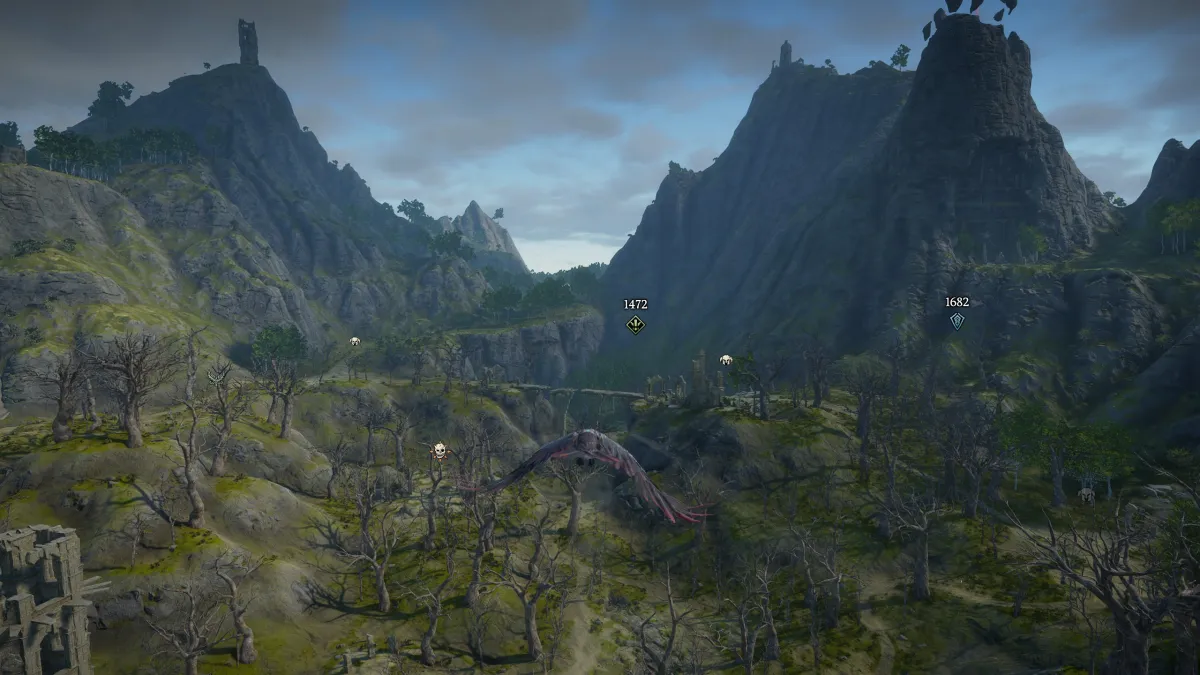
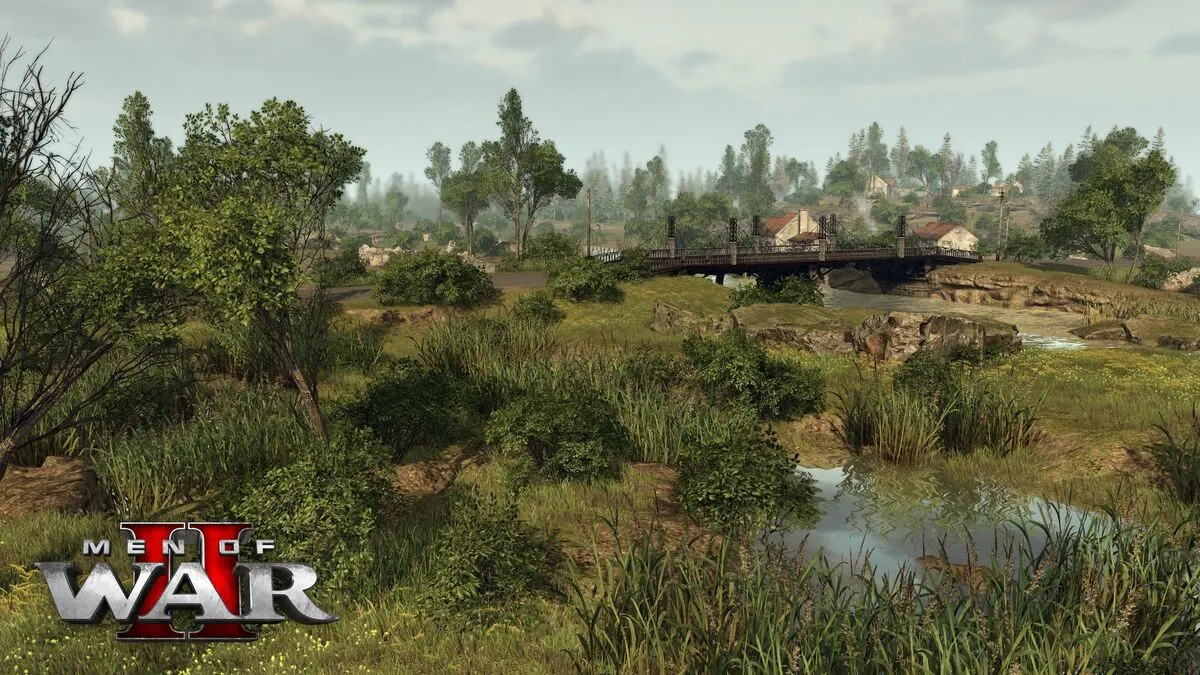
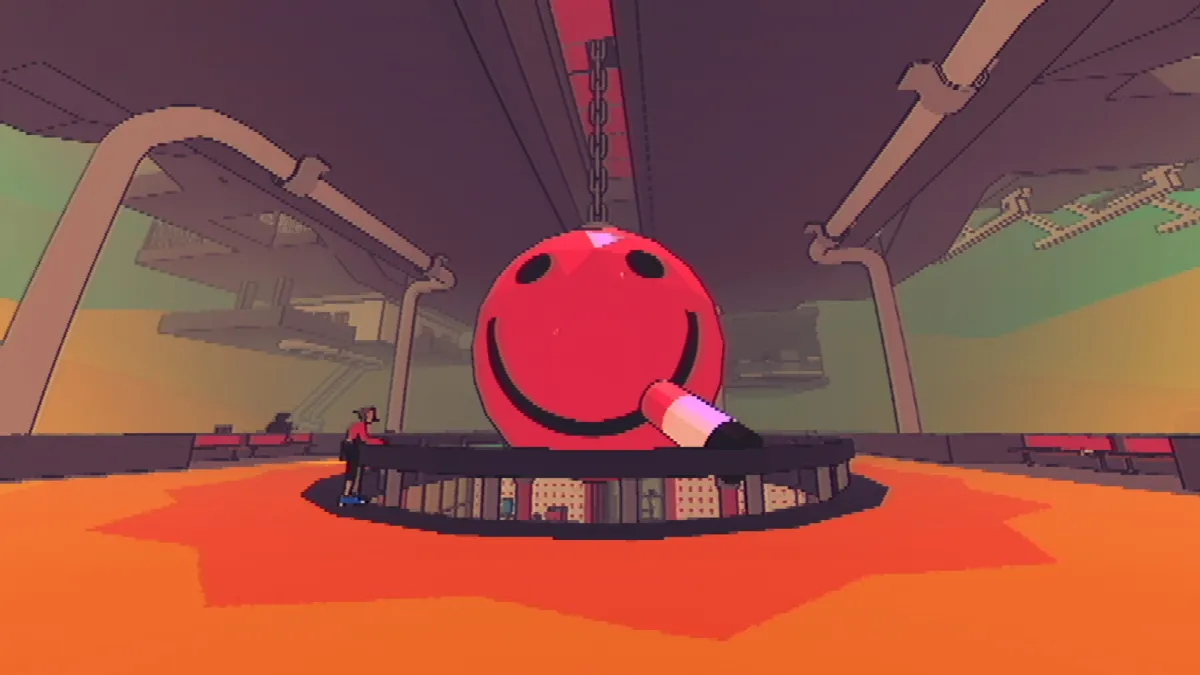
Published: Apr 26, 2012 11:54 am